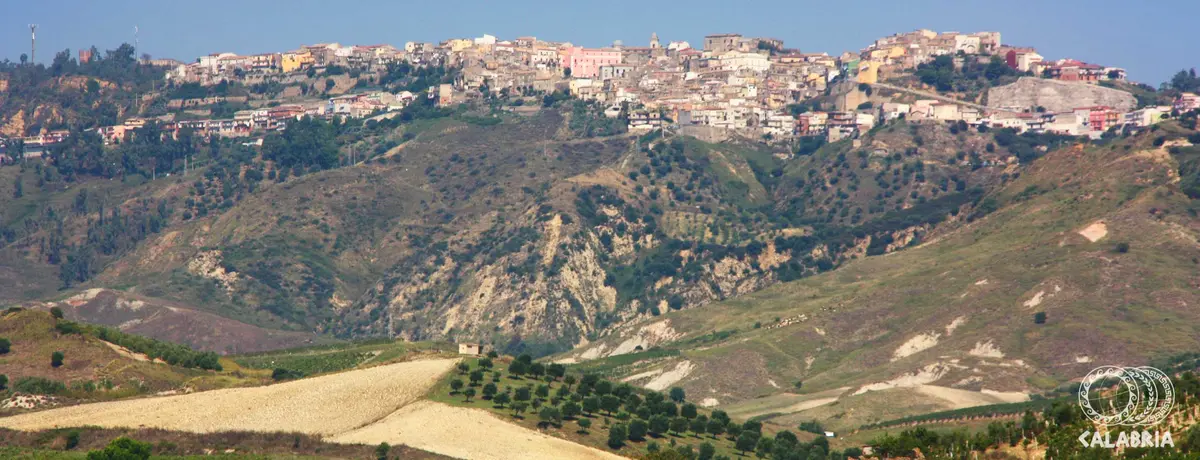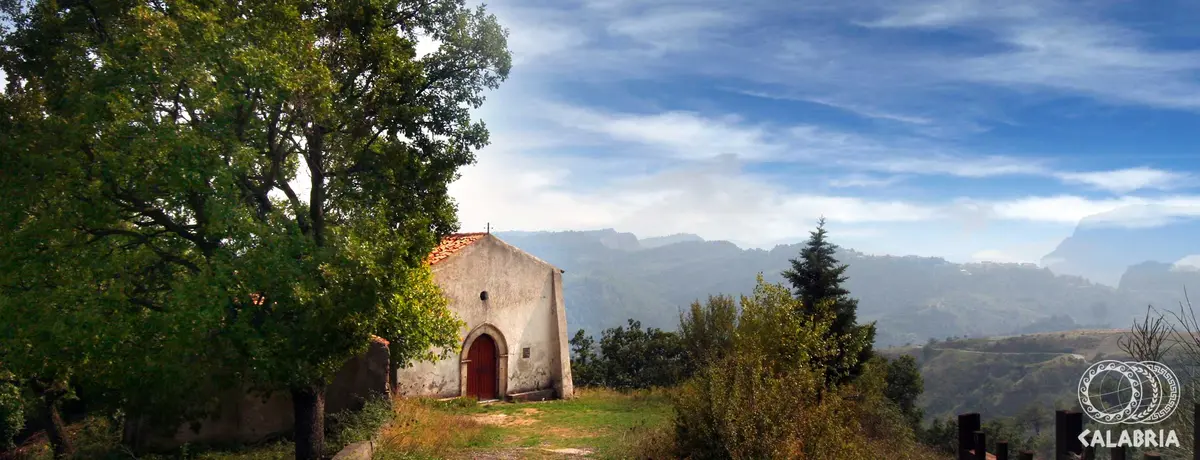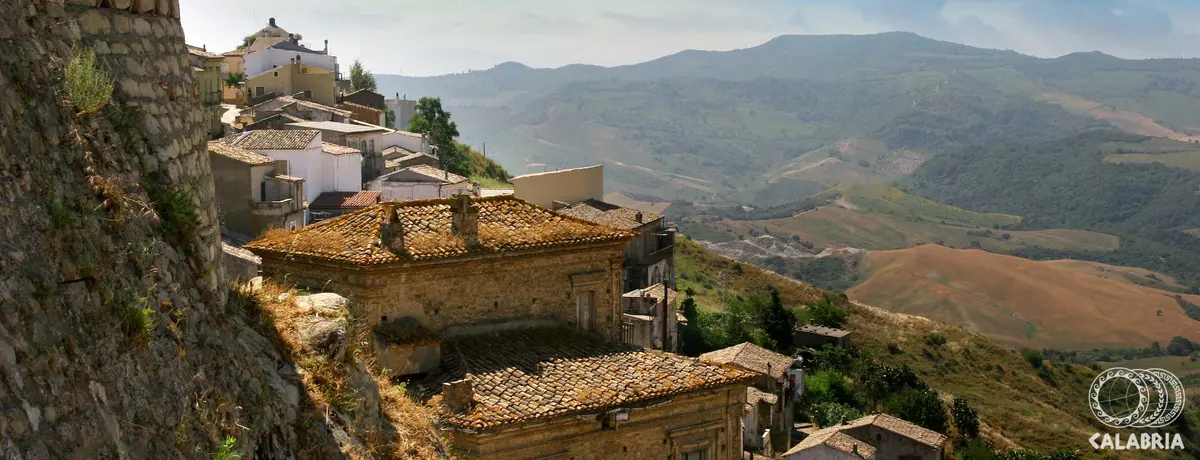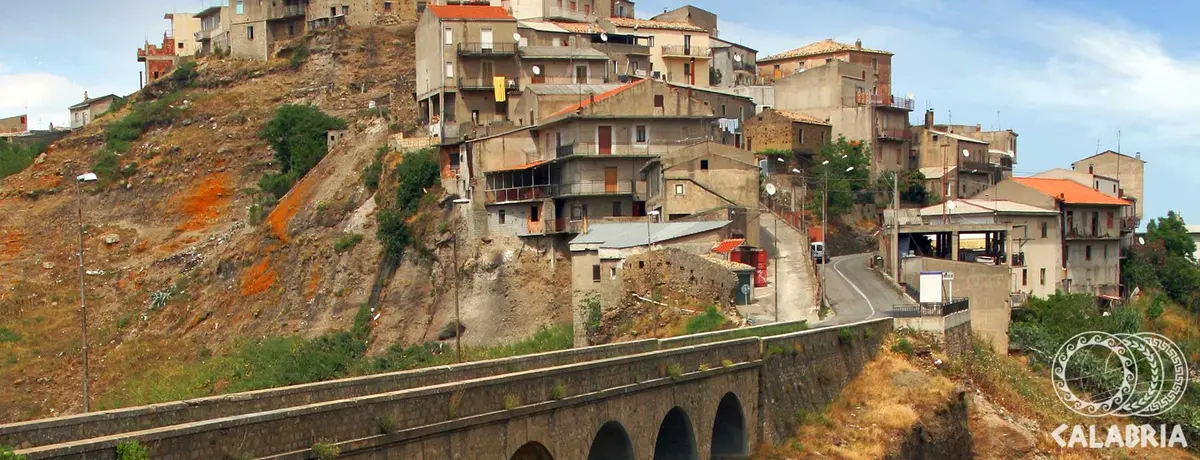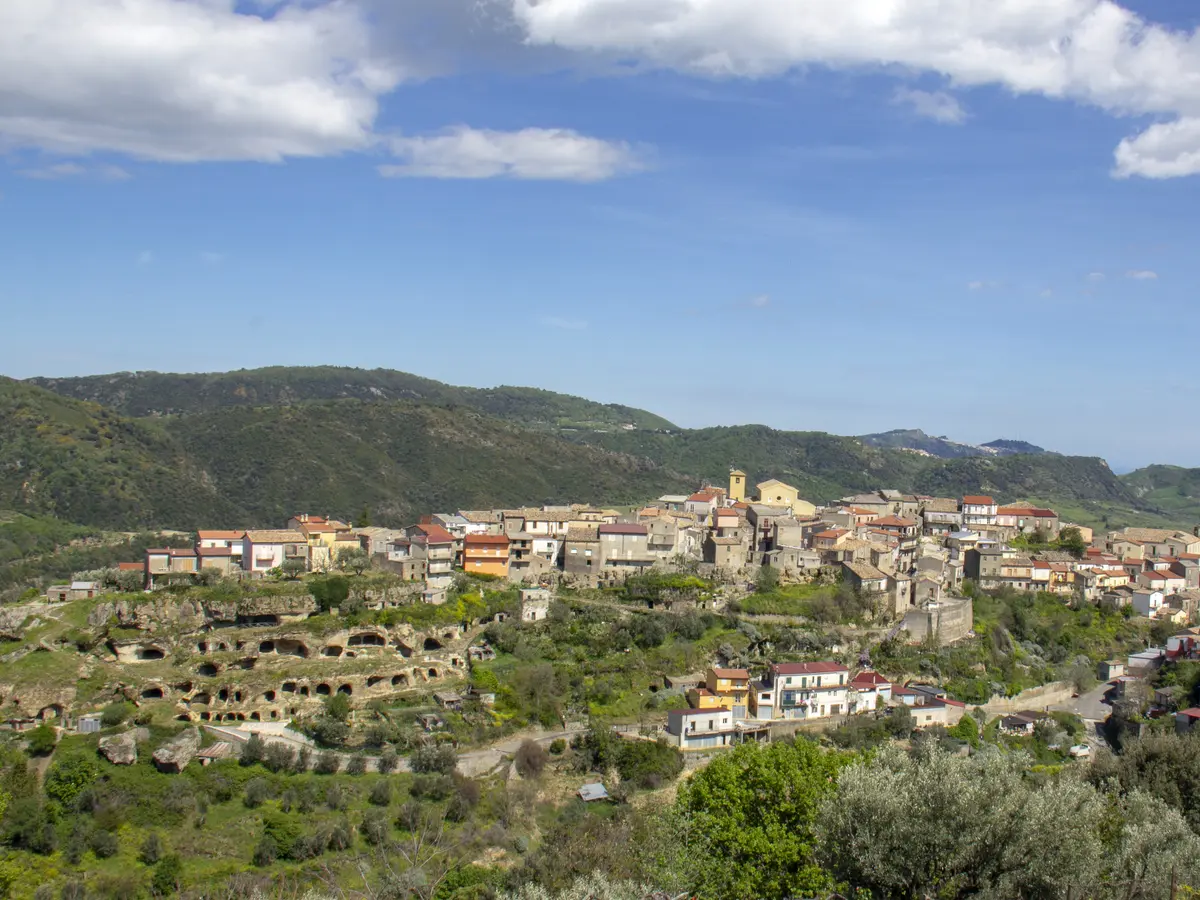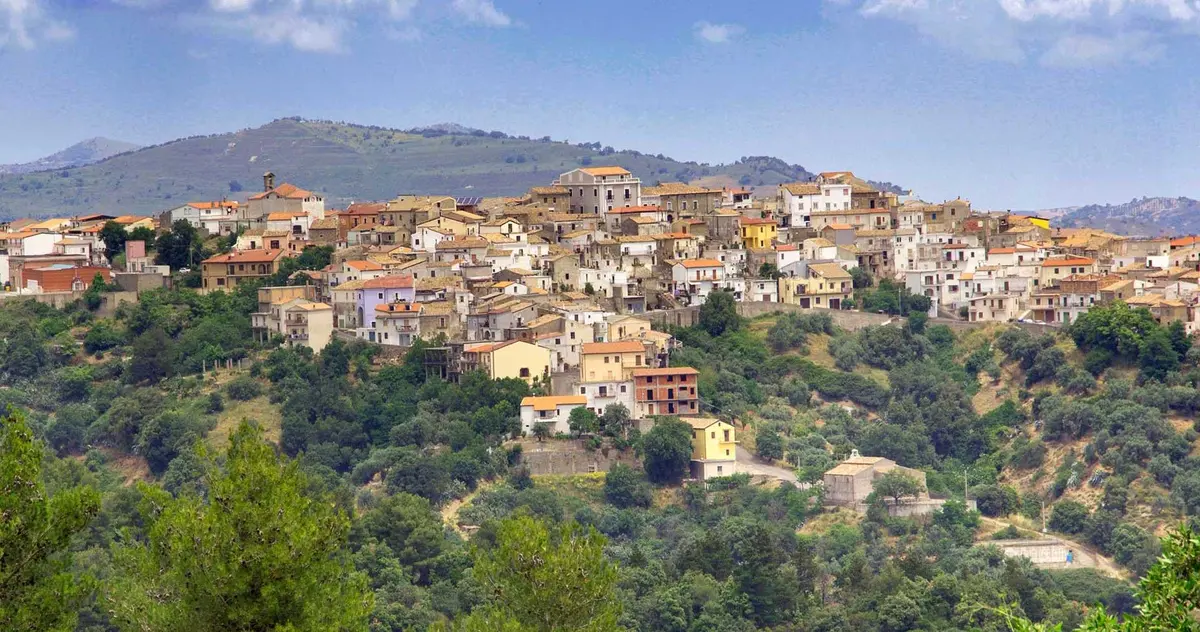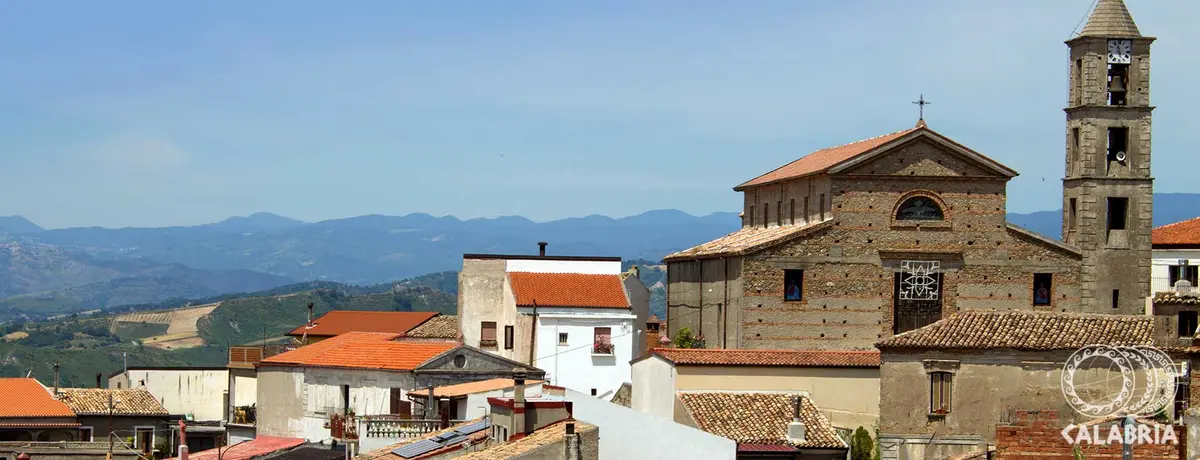Melissa
Melissa, the Greek origins of the city of honey

Blue flags
Regione Calabria
Among the Blue Flags and Green Flags along the Costa dei Saraceni, Melissa, in the province of Crotone, welcomes us to its coastline with the architectural symbol that gives the Marina di Torre Melissa its name, the monumental Aragonese Tower.
Melissa has been known since antiquity for its fine vineyards. It is no coincidence that today it is one of the ‘’Wine Cities‘’ in Calabria, devoted to the production of Melissa Cirò DOC wine.
The Aragonese Tower (commonly known as Torre Melissa) is a unique fortress compared to other coastal watchtowers in Calabria: octagonal in plan, with an inner courtyard and three floors, it is now home to a small Civic Museum. Going up the hill to the historic centre, we delve into the ancient wine vocation of this area: in the historic centre of Melissa we can visit the Old Oil Mill and the brand new ‘’Palazzo Ferraro‘’ Wine Museum.
The itinerary on foot in the village of Melissa includes a visit to the Mother Church of San Nicola Vescovo and several smaller churches, as well as the Monument to the Fallen of Fragalà, a work that Ernesto Treccani (founder of the famous encyclopaedia) wanted to donate in memory of the peasants killed in the Melissa Massacre for having claimed their rights (1949). The Peasant Struggle Research Centre is also dedicated to these events.
No result
